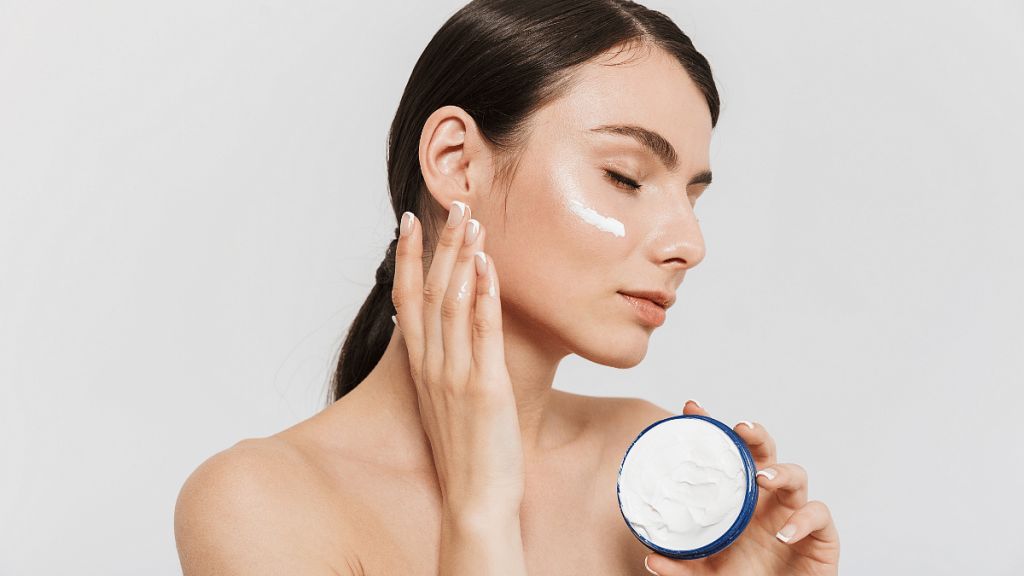
In the search for innovative solutions for managing inflammatory dermatoses, acidifying the stratum corneum has emerged as a promising approach. Acidifying emollients are commonly used to regulate skin pH; however, lower pH levels are often linked to increased irritation.
A study published by the National Institutes of Health (NIH) studied whether lactobionic acid (LA), a "superacid" from the alpha-hydroxy acid (AHA) family, can effectively lower skin surface pH without irritating.

Study methodology
Researchers evaluated the safety and effectiveness of a 10% LA-containing emulsion formulated with alkyl polyglucosides (APGs), sugar-based emulsifiers known for their mildness. The study used both in vitro and in vivo methodologies:
In vitro safety assessment: Cytotoxicity assays were conducted to evaluate acute skin irritation potential.
In vivo study: Human participants underwent 24-hour occlusive treatment with the LA-containing emulsion, followed by an assessment of key biophysical skin parameters:
Transepidermal water loss (TEWL)
Stratum corneum hydration (SCH)
Skin erythema index (EI)
pH measurement: The pH of the skin surface was measured before and one hour after the application of the 10% LA-containing moisturiser.
What did the study reveal?
The study revealed promising findings regarding the effects of lactobionic acid:
The emulsion with 10% LA effectively reduced the skin’s surface pH.
No signs of irritation or skin barrier impairment were observed in either the in vitro or in vivo assessments.
TEWL and SCH remained stable, indicating that the moisturizer did not disrupt the skin barrier function.
The APG-based emulsion vehicle itself was found to have a satisfactory safety profile, further supporting the gentle nature of this formulation.

This study supports the use of lactobionic acid as a safe and effective alternative to low-molecular AHAs in acidifying emollients. The findings suggest that a 10% LA-containing moisturiser can reduce skin pH without causing irritation or compromising the skin barrier, making it a promising addition to dermatological and cosmeceutical formulations.